
Picture this, it’s hot, darn hot and we’re in Athens, Georgia, it’s late in the afternoon, embarrassingly humid, they say that ladies glow and men sweat, well, this is pure and simple sweaty as you like kind of weather, it’s hard to be lady-like in this heat. As we approach the gate, 80 garden communicators, mostly middle-aged literally clambering over each other to get off the bus and into a very special garden, this after a long day of garden visiting and yet every single one is bursting with child-like energy, acting a bit like crazed paparazzi snappers at the Oscars rushing forward and ready to be hanging onto every word and appreciating the very great privilege of a private tour of (just call me) Mike’s garden plus some insight into what makes the great man tick….and suddenly quiet falls over the group and he begins to speak…..and so, just exactly who is Mike?
Dr Michael A. Dirr is one of those delightful and quite rare plantsmen who makes an instant impression on you. He is super charismatic and as soon as he starts to speak you just know that you are in the presence of someone very special, a guru, a mentor, a shining star of your industry. Dr Dirr was a keynote speaker at GWA16, the annual symposium for Garden Writers Association in Atlanta, Georgia USA.
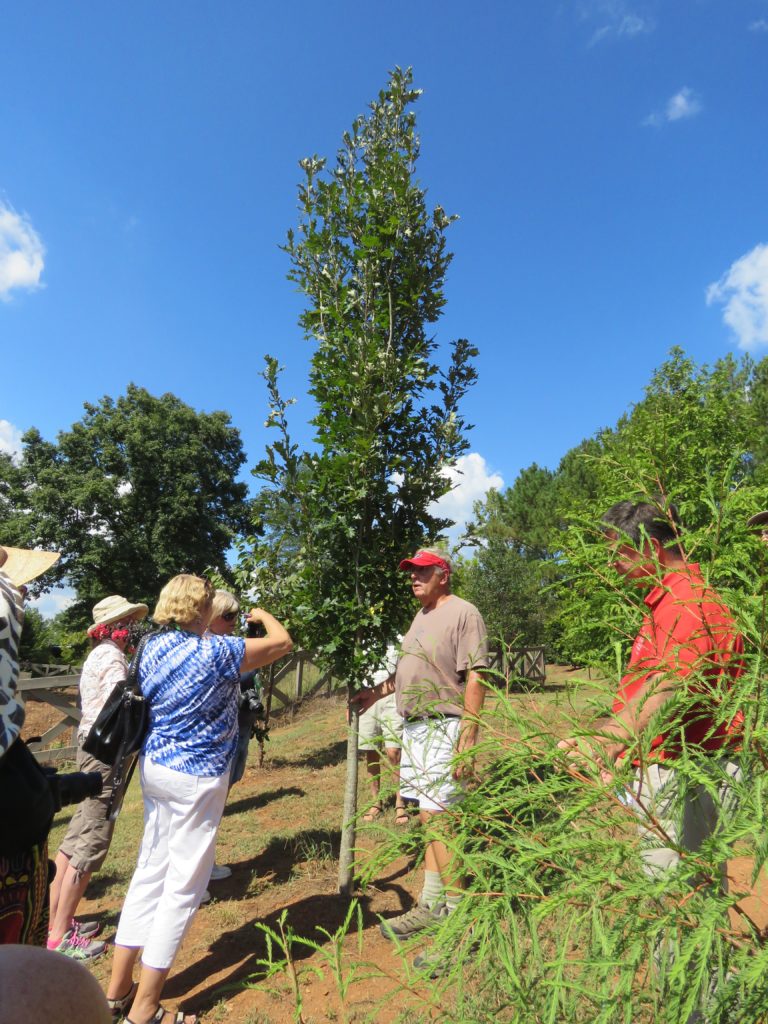
Following the symposium, Dr Dirr offered a tour of his private garden.
So, just who is Michael Dirr?
Dr Michael Dirr is a Professor of Horticulture at The University of Georgia and has received special honours from all of the main horticulture bodies in the US.
American Horticultural Society Liberty Hyde Bailey Medal
American Horticultural Society’s Teaching Award
American Horticultural Society’s Teaching Award
Arthur Hoyt Scott Garden and Horticultural Award
ASHS Undergraduate Educator Award
Medal of Honor from the Garden Clubs of America
Southern Nurseryman’s Association (SNA) Slater Wight Memorial Award
He is a plant breeder and has a special love for trees.
Dirr’s Encyclopaedia of Trees and Shrubs is biblical in proportion, this book is HUGE in size and content very much like the great man himself. It’s common in the USA, according to Professor Eva Monheim, from Temple University, to see young University students schlepping this enormous document to class, this tome is THE book for horticultural reference and there’s a special joy in having met the good Dr because you can hear his words and turn of phrase in his prose. The man himself is also larger than life and literally jumped from garden bed to garden bed, tree to tree, shrub to shrub on a very hot Athens, Georgia afternoon eager to share ever single bit of information that he could possibly pack into the precious time that we had with him, such generosity, and so much information stored in that one big brain.
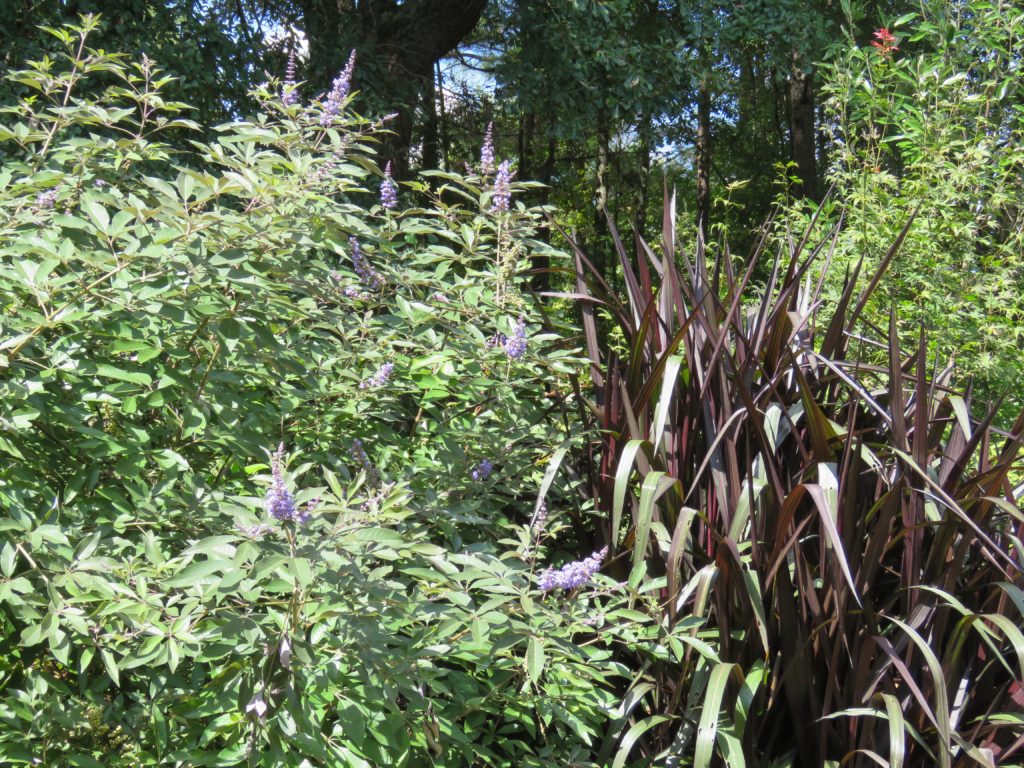
The concept of the Noble tree in the garden is an interesting one, it’s the tree that you plant in your garden that’s going to rise up above all others and anchor the garden. Important from a design and aesthetic point of view but also from a philosophical and future proofing one. Dr Dirr talks about the noble tree with great passion.
Fellow GWA Member and Master gardener Martha Swiss interviewed Dr Dirr in 2014 and asked him about the concept of the noble tree and Dr Dirr said “It’s anything that outlives us. It’s anything that spans generations, has a long life, supports wildlife, fixes CO2, spits out oxygen, prevents erosion, increases property values, something that’s inherent in our everyday life. We need large trees.”
He went on to remark, “One of the big issues is storm water mitigation. They’re seeing pronounced benefits from large trees. One percent of the trees left in Minneapolis-Saint Paul are elms, and they capture 30 percent of the runoff water. This is actually from a landscape architect, Peter Cavanaugh in Minneapolis-Saint Paul. And he said one reason we need the trees—they have gigantic canopies, they have many, many branches, they have large trunks, they have extensive root systems—so they can capture rainwater, runoff water, much better than small trees. So there’s certainly an economic benefit.”
Dr Dirr asks that we consider the value of trees in terms of the property markets when he said to Martha Swiss “There have been published studies done by the Forest Service largely on the West coast and Oregon and in California, on property value enhancement. They talk about a single tree as far as saleability. A tree—and we’re talking about noble trees all the way down to crabapple and plums—can have a pronounced effect on the saleability and the appeal of a house as well as the price of a house. It raises the value of a home.”
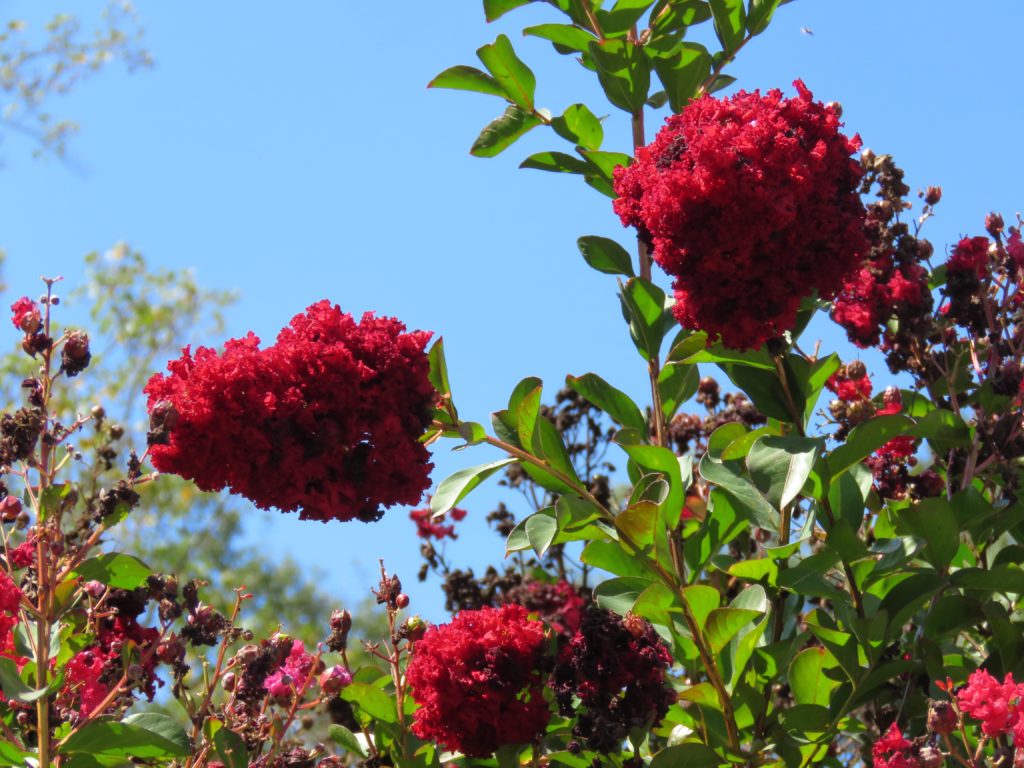
“Trees contribute so much to everyday life, the quality of life. We’re tied to biology every day in our own lives. Trees are a big part of it. “. said, Dr Dirr
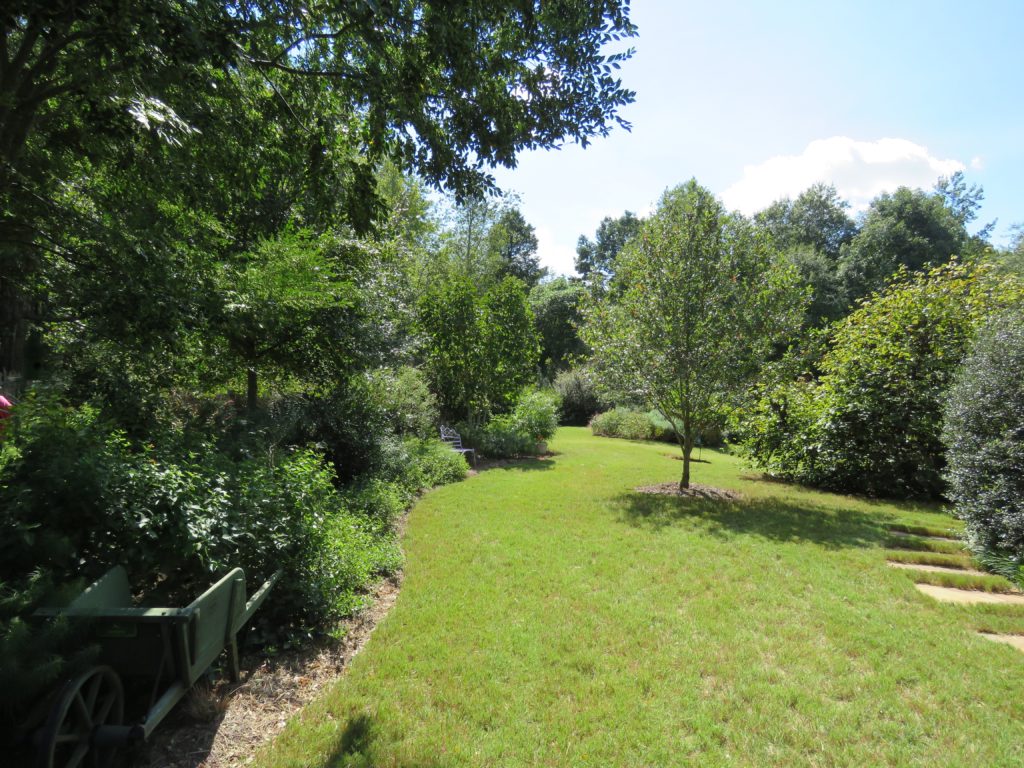
Dr Dirr believes that despite the reduction in block size every home gardener needs to address the concept of the Noble tree and creating space for such a tree in every yard, every council needs to consider this when planning parks and gardens. He speaks about selecting the right tree for the right location so that the tree has an opportunity to grow into the new landscape for future generations. Dr Dirr is passionate about developing those involved in our industry and about the need to advocate for trees as horticulture professionals and said in the interview with Martha Swiss “I think you gotta cajole, and you gotta inspire, and you gotta educate, and you gotta talk, and you gotta keep hitting your fist on the desk. You gotta hope that they listen.”
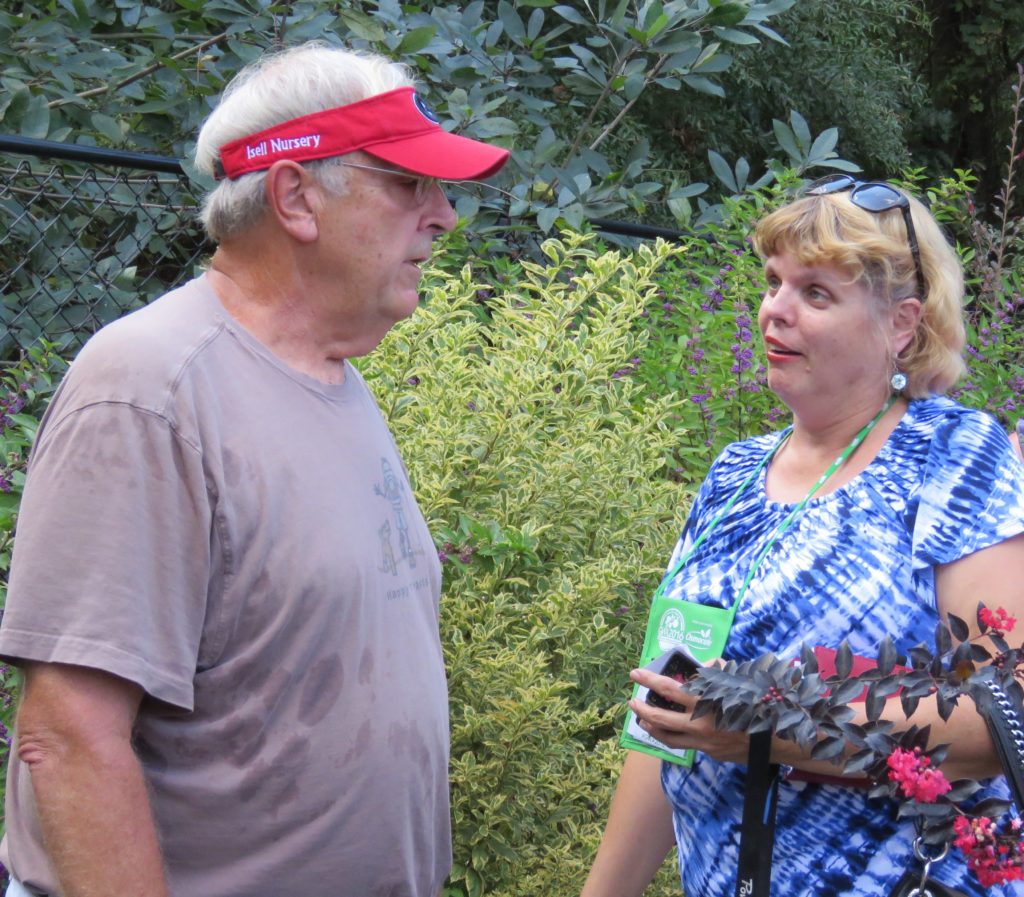
Dr Dirr is passionate about Lagerstroemias, Viburnums and new hybrids of Vitex. His garden is filled with rambly perennials borders and lovely young trees including Quercus and Maples as well as Tupelos. A visit to Dr Dirrs’ garden is for plantaholics like me a bit like a kid winning the golden ticket and going to visit Willy Wonka in his chocolate factory, but with a fundamental difference, Dr Dirr is an academic keeping it real, an incredible, knowledgeable plantsman generous of spirit and willing to share his vast knowledge, engaging young teens as much as older folks with a passion for learning…………and on this day, I have got to say that I really felt like I walked in the presence of greatness.
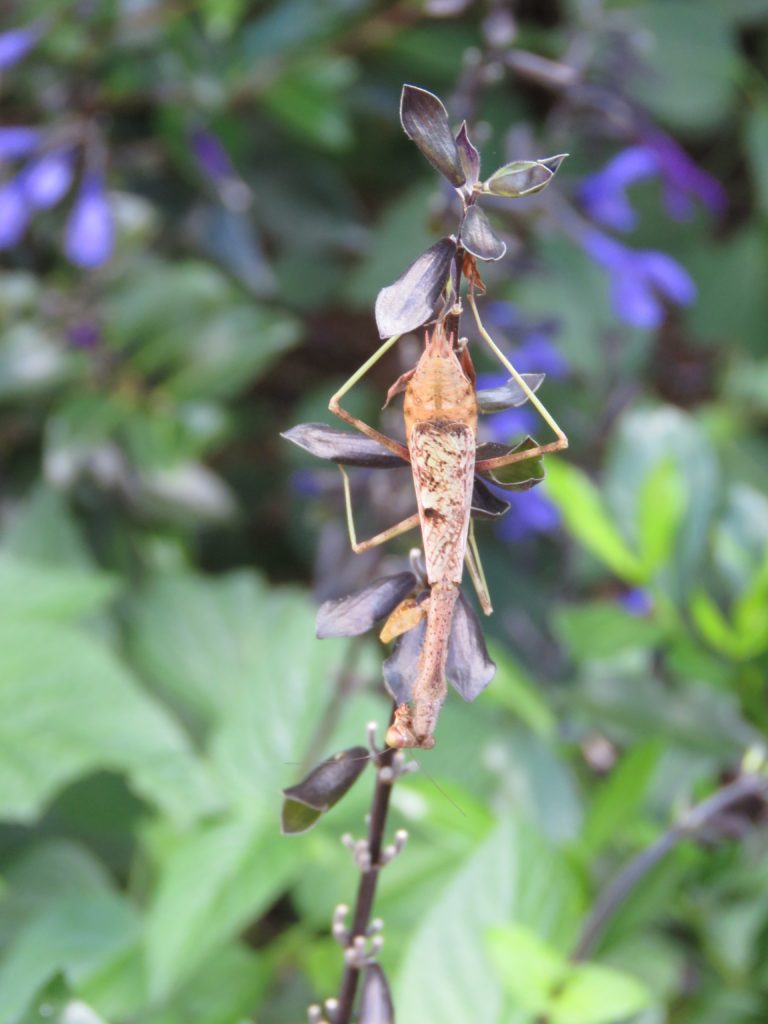


Andrea’s Top 6 trees small trees for West Australian Gardens
Agonis Flexuosa ‘Burgundy’
Lagerstroemia Natchez
Eucalyptus Erythrocorys ‘Red Cap Gum’
Brachychiton acerifolia x populneus ‘Bella-donna’
Eucalyptus Caesia
Hakea laurina
Andrea’s Top 6 Noble trees found in large Perth gardens
Liquid Amber
Jacaranda
Corymbia citriodora
Bauhinia
Callitris pressii ‘Rottnest Island Pine’
Agonis Flexuosa
Have you got a “Noble Tree” at your place?
Andrea attended #GWA16 in Atlanta, Georgia where Dr Michael Dirr was a keynote speaker. Dr Dirr has published more than 300 scientific and popular papers and articles. His book Dirr’s Hardy Trees and Shrubs is available through Timber Press and is one of their best selling titles.

